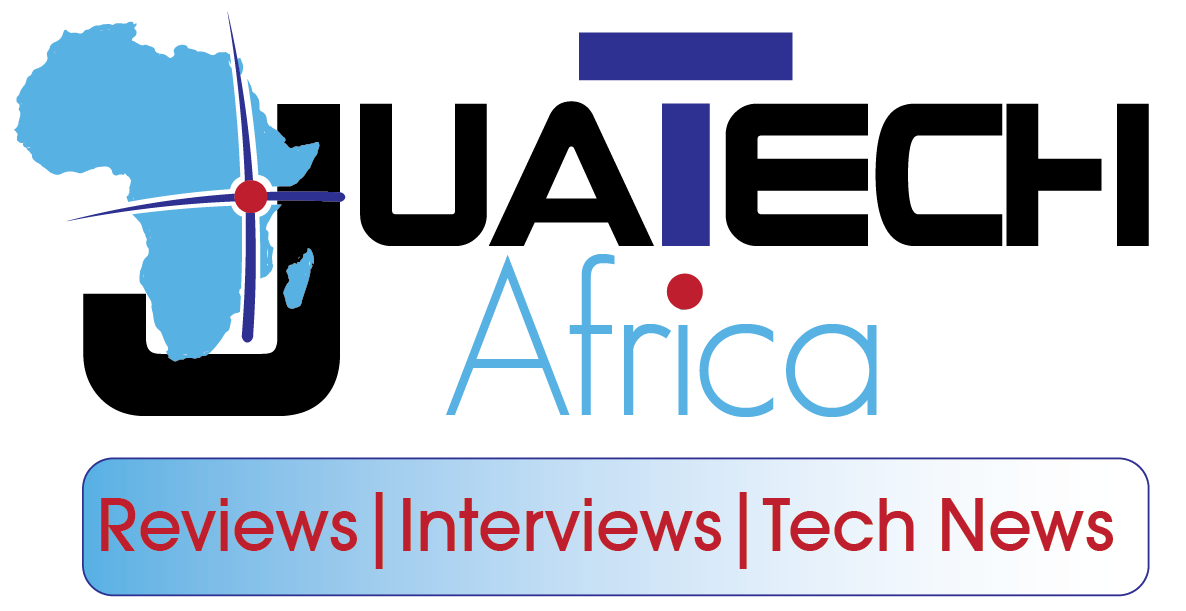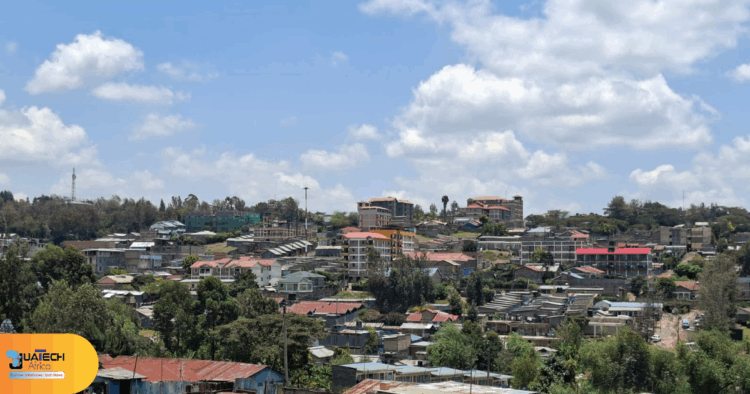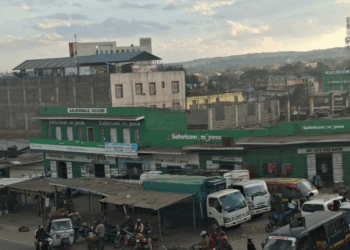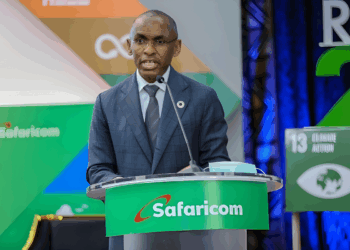The arc from Masoko to Ziidi showed what happens when Safaricom builds on its rails. Connectivity is the rail beneath every rail — and here the dissonance is sharper. On paper, Safaricom’s network footprint is formidable: near‑universal population coverage, dense 4G grids, a growing 5G layer, and a national fibre backbone. On the ground, millions still live in a 2G reality — constrained by device costs, patchy last‑mile economics, and gaps in digital fluency. This is not a minor operational gap; it’s the strategic bottleneck that will decide whether Safaricom’s next decade compounds value or erodes trust.
Previous (Part 4) | Next (Part 6)
Coverage Maps vs. Reality Checks
Safaricom’s build out is aggressive:
- Population coverage: 97%+
- 4G footprint: Most urban and peri‑urban centres
- 5G rollout: 40+ counties, anchored in Nairobi, Mombasa, Kisumu, Nakuru
- Fibre backbone: Tens of thousands of kilometres, with microwave backhaul steadily replaced by fibre.
Yet coverage adoption is plagued by a myriad of challenges. A significant share of subscribers remains on 2G/3G devices. 5G‑ready handsets are in the low single digits as a percentage of the base. Even in 4G zones, speeds are throttled by network contention, handset limitations, and bundle-driven usage anxiety.
Revenue patterns confirm the gap: data growth is steady, but ARPU remains high by regional standards, signaling that a smaller, higher-spending cohort drives usage, while the long tail remains marginally connected. Fixed-wireless and FTTH uptake is robust in affluent districts but limited in townships, where trenching costs, wayleave delays, and low dwelling density slow down the rollout.
The paradox: Safaricom is investing in capital expenditure for a digital future, while large parts of the market can’t yet utilize it at full capacity.
The Device Divide: Affordability as the First Gate
Network quality is irrelevant if the device can’t use it. Entry‑level 4G smartphones remain a heavy lift for many households; 5G devices are priced out of reach for the mass market. Safaricom’s pay‑as‑you‑go financing has put over a million smartphones into new hands, but the addressable gap is far larger. Credit scoring for the informal economy is blunt, default risk is high, and punitive lock‑outs deter uptake.
Affordability isn’t just about devices — it’s about data. The global benchmark for meaningful connectivity pegs 1 GB at ≤2% of monthly GNI per capita. Many Kenyan users ration data, default to text‑first apps, and avoid rich media. SMEs juggle data spend against inventory cycles. Without pricing ladders, loyalty mechanics, and time‑of‑day incentives tuned to behaviour, usage will stay shallow.
Digital Literacy: The Invisible Bottleneck
Owning a smartphone and digital fluency are still a challenge across the country. Micro-merchants adept at managing paper ledgers may struggle with inventory apps, e-TIMS compliance, or phishing risks. Rural households may not know how to manage data settings, update OS software, or back up to the cloud.
Safaricom has run skilling campaigns and merchant enablement for Lipa na M‑PESA, but the scale required is national, continuous, and hyper‑localised. Without parallel investment in skills, network upgrades risk becoming under‑utilised infrastructure.
The Last Mile: High Cost, Low Return
Urban connectivity is an engineering challenge; rural connectivity is a business conundrum. Low density dilutes revenue per site. Off-grid power necessitates diesel or solar hybrids, increasing operating expenses. Fibre backhaul is costly when distances are long. Theft and vandalism add security costs.
Universal Service Fund projects have extended coverage, but maintenance still falls to operators. Without a device upgrade pipeline, new towers in rural wards can sit unused for years. Connectivity without capability is oxygen without lungs.
Zero‑rating select sites (education, health) can help, but risks creating a “walled garden” internet. A better model: pair zero‑rating with time-bound bundles, off-peak incentives, and content partnerships that gradually normalise full‑web use at tolerable cost.
Strategic Imperatives: Closing the Gap with Precision
- Price for inclusion: Loyalty‑based “earn‑down” pricing that lowers cost per GB for consistent buyers; off‑peak bundles to monetise surplus capacity.
- Scale device access: Smarter risk models for pay‑as‑you‑go, device insurance, payroll‑deducted schemes with counties and employers.
- Targeted 5G deployment: Focus on FWA for SMEs, enterprise SLAs, and campus networks where ROI is clear.
- Rural opex discipline: Solarise off‑grid sites, adopt tower‑sharing, deploy open‑RAN where viable.
- Backhaul everywhere: Fibre clusters where possible; high‑capacity microwave with intelligent routing elsewhere.
- Invest in demand: Always‑on merchant training, youth skilling, fraud‑awareness embedded in M‑PESA UX.
- Policy alignment: Tax relief on entry‑level 4G devices, expedited wayleaves, predictable spectrum roadmaps.
- Measure meaningful connectivity: County‑level dashboards tracking device mix, median throughput, cost‑to‑income ratios, SME digitisation rates.
The Leadership Test |Safaricom Connectivity Gap in Kenya
Safaricom has earned the right to talk about 5G. The harder, more valuable task is to make 4G universal and 3G rare — and to ensure connectivity translates into productivity. That means treating device access and digital skills as core infrastructure, rural opex as a solvable design problem, and pricing as a lever for inclusion, not just extraction.
As CEO Peter Ndegwa has said, the mandate is dual: deliver shareholder value and transform lives. The connective tissue between those aims is trust — experienced as coverage that works, prices that feel fair, and journeys that respect user constraints.
Because “5G dreams” will ring hollow if the majority still lives in “2G realities.” The prize is not a faster speed test in Westlands; it’s a farmer in Trans‑Nzoia uploading crop data without anxiety, a kiosk in Kibra reconciling sales in the cloud, a Form Four graduate in Garissa learning Python on a budget bundle. When that becomes ordinary, the dividend will show up not only in ARPU, but in Kenya’s productivity curve — and Safaricom will have built the one moat no competitor can easily copy: a nation that truly runs on its network.
Previous | Next (Part 6): The Data Question: Privacy, Surveillance, and Corporate Control Safaricom’s role as custodian of Kenya’s most valuable digital asset — your data. [Read Part 6 →].
Sign up for our newsletter for weekly tech updates and monthly exclusives. Join our growing JuaTech Africa Tribe and be part of the revolutionary movement shaping Kenya’s and Africa’s Tech Narrative on the global stage. Please feel free to comment, share, and provide us with feedback on how we can improve our content and connection with you.

















